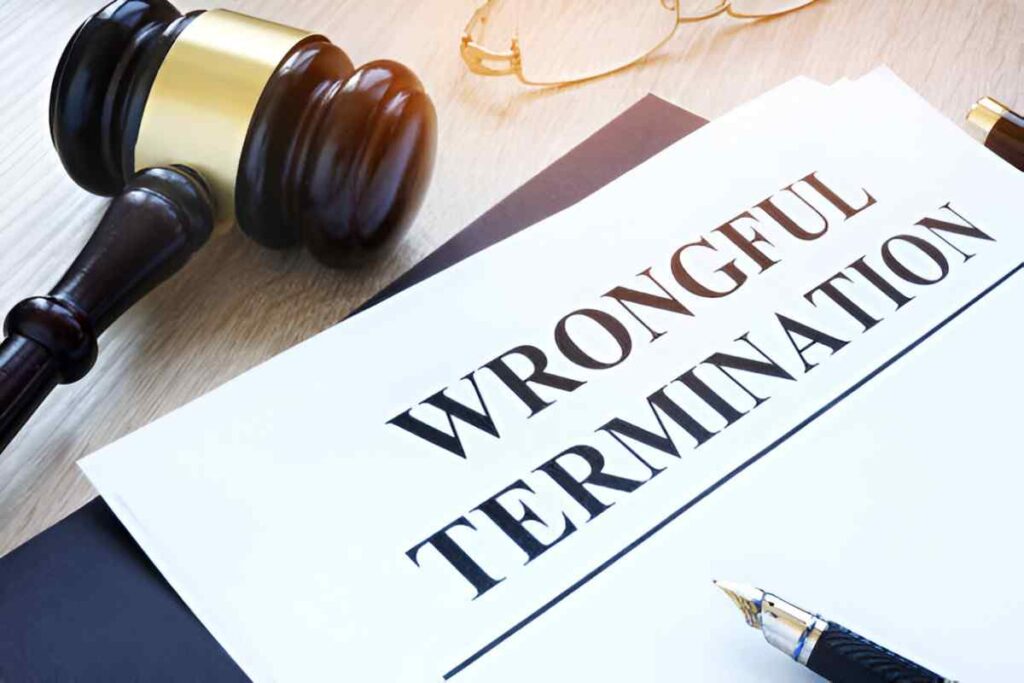A deed of arrangement is a legally binding document that outlines an agreement between a debtor and their creditors to settle debts or restructure financial obligations. It is often used when a debtor is facing financial difficulties and seeks to negotiate repayment terms with creditors in an orderly manner. This document lays out the terms agreed upon by both parties regarding the repayment schedule, interest rates, and any other conditions pertinent to the debt resolution process.
Table of Contents
Key Characteristics of Deed of Arrangement
- Legal Agreement: It is a formal contract recognized under legal jurisdiction.
- Debt Resolution: Facilitates the settlement or restructuring of debts.
- Creditor Involvement: Requires agreement and participation from creditors.
- Enforceability: Once executed, it binds both the debtor and creditors to the agreed terms.
How Deed of Arrangement Works
Examples and Usage
1. Individual Debt Settlement
- Definition: A debtor enters into a deed of arrangement with creditors to repay debts over an extended period.
- Process: The deed outlines the agreed repayment plan, ensuring creditors are repaid while offering the debtor financial relief.
2. Corporate Restructuring
- Definition: A company facing insolvency negotiates a deed of arrangement with its creditors to avoid liquidation.
- Procedure: The deed may include provisions for debt repayment, asset sales, or other restructuring measures to stabilize the company’s financial position.
Advantages of Deed of Arrangement
Benefits
- Debt Relief: Provides a structured approach to debt settlement, easing financial burdens on debtors.
- Creditor Cooperation: Encourages creditors to cooperate in resolving debts rather than pursuing legal action.
- Business Continuity: Allows businesses to continue operations by restructuring debts and avoiding insolvency.
Challenges of Deed of Arrangement
Considerations
- Creditor Agreement: Requires agreement from all creditors involved, which can be challenging to negotiate.
- Legal Compliance: Must adhere to specific legal requirements to be enforceable and valid.
Importance of Deed of Arrangement
Practical Applications
Debt Resolution
- Personal Finance: Individuals use deeds of arrangement to manage personal debts and avoid bankruptcy.
- Corporate Finance: Companies utilize deeds to restructure debts and maintain business operations.
Real-world Implications
Financial Stability
- Legal Protection: Provides legal protection for both debtors and creditors involved in debt restructuring.
- Credit Rating: Can help debtors avoid adverse effects on their credit rating by demonstrating proactive debt management.
Example Scenario
Application in Corporate Debt Restructuring
Scenario: Corporate Debt Repayment
- Context: A company negotiates a deed of arrangement with creditors to repay debts over five years.
- Procedure: The deed outlines monthly payments, interest rates, and conditions for asset sales to repay creditors while allowing the company to continue operating.
Conclusion
A deed of arrangement is a vital legal tool used to negotiate and formalize debt repayment or restructuring agreements between debtors and creditors. By establishing clear terms and obligations, it provides a structured framework for resolving financial difficulties while protecting the interests of all parties involved. Understanding the purpose and implications of a deed of arrangement is crucial for individuals and businesses navigating financial challenges. It offers a balanced approach to debt resolution, encouraging cooperation between debtors and creditors to achieve mutually beneficial outcomes. Ultimately, deeds of arrangement play a significant role in facilitating orderly and equitable resolutions to financial obligations, promoting financial stability and legal compliance in debt management processes.





